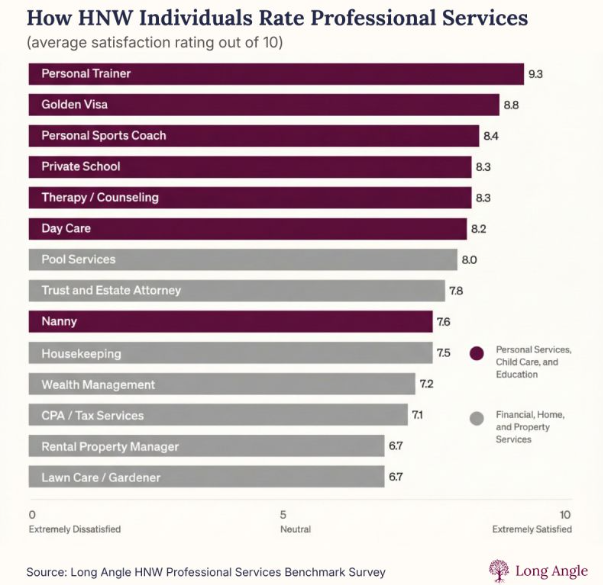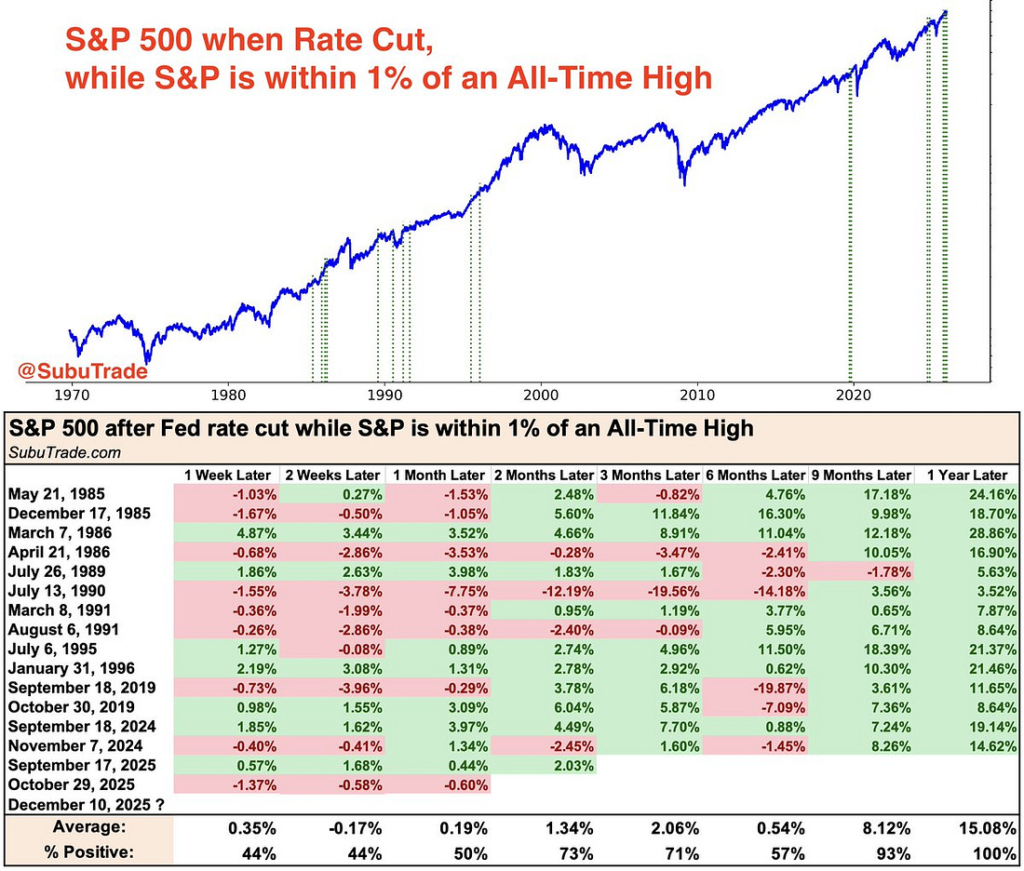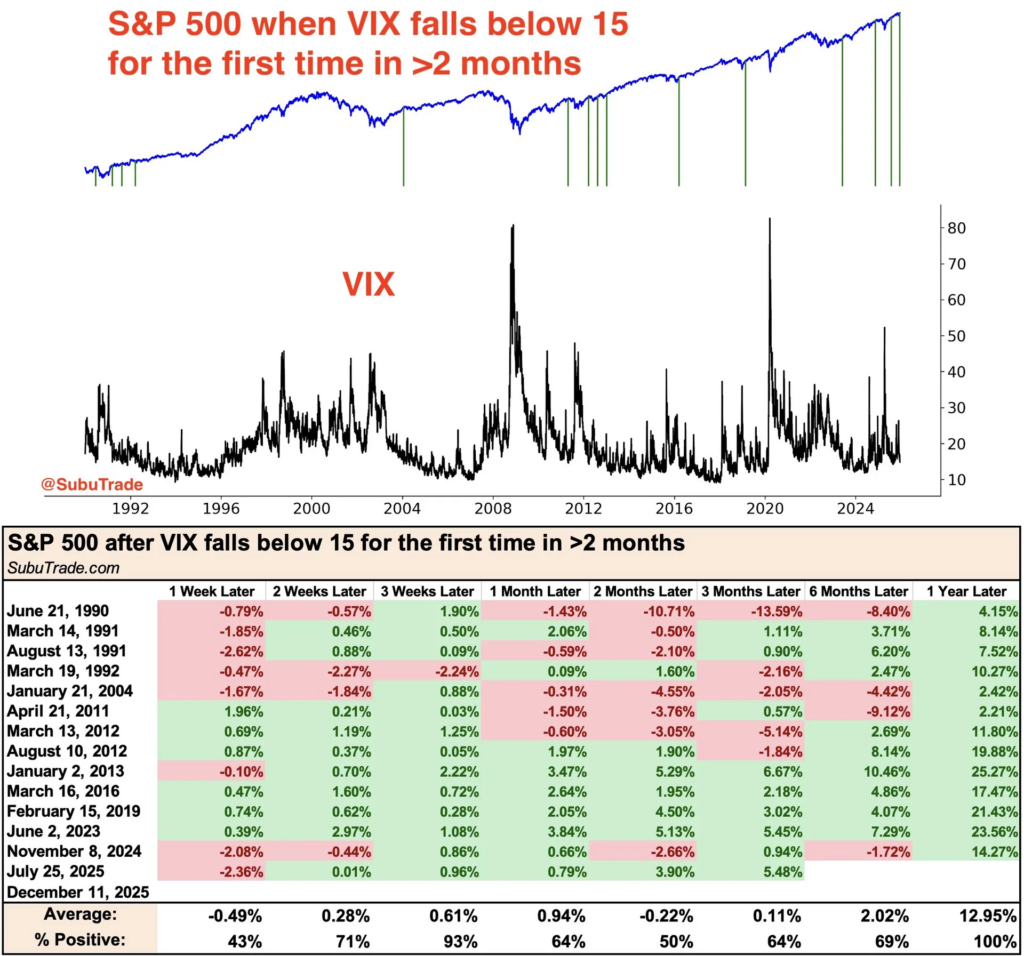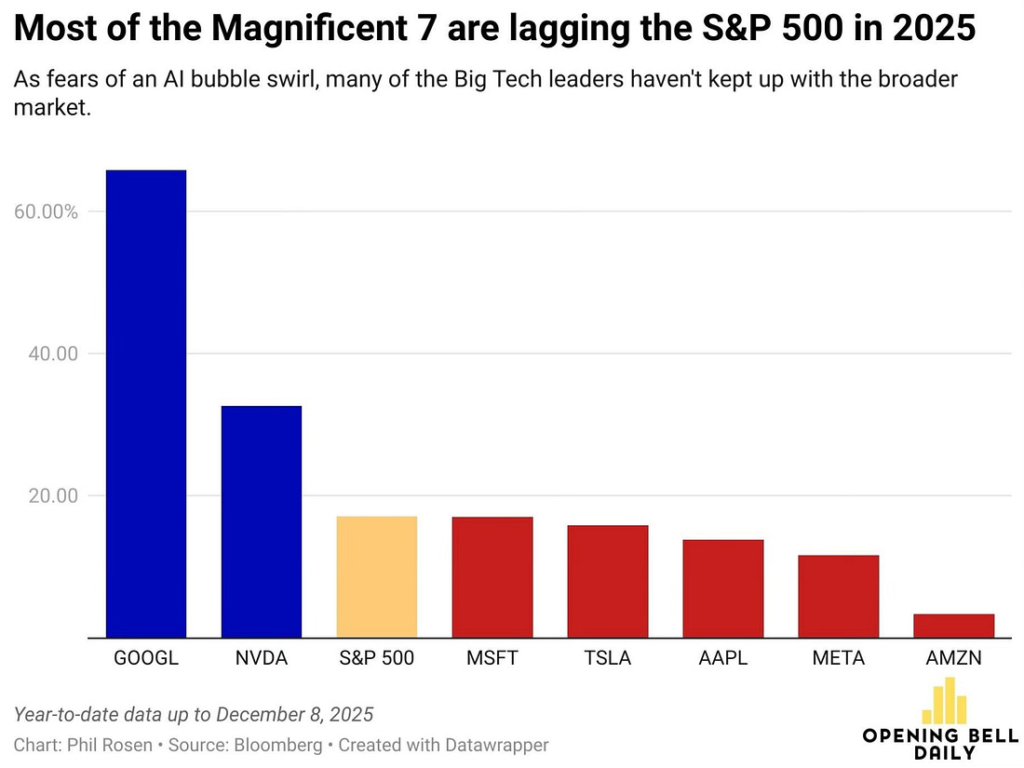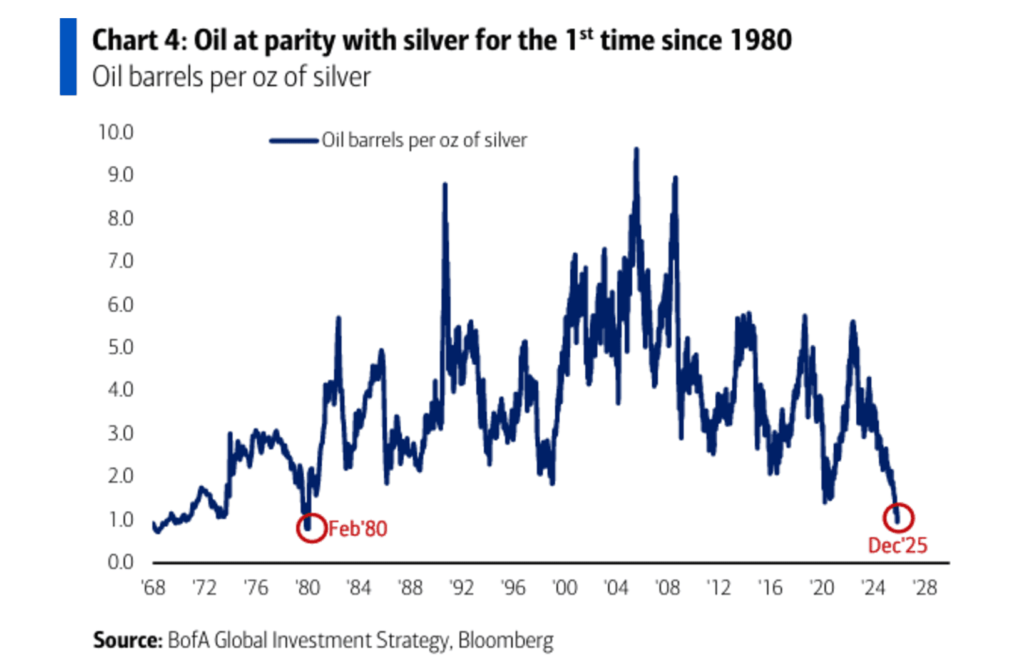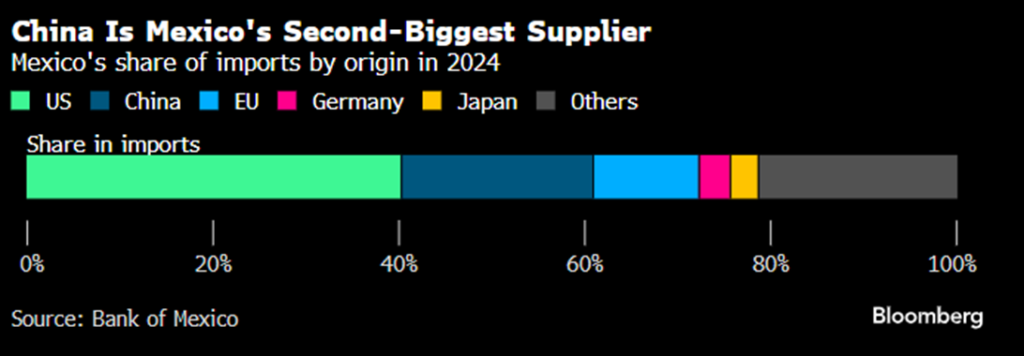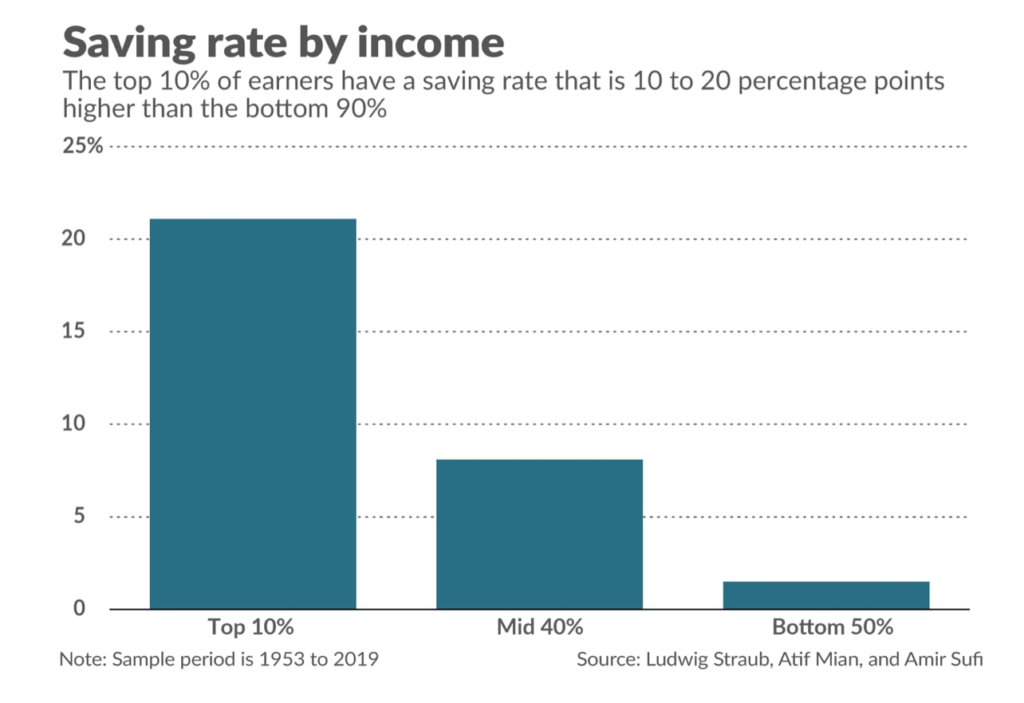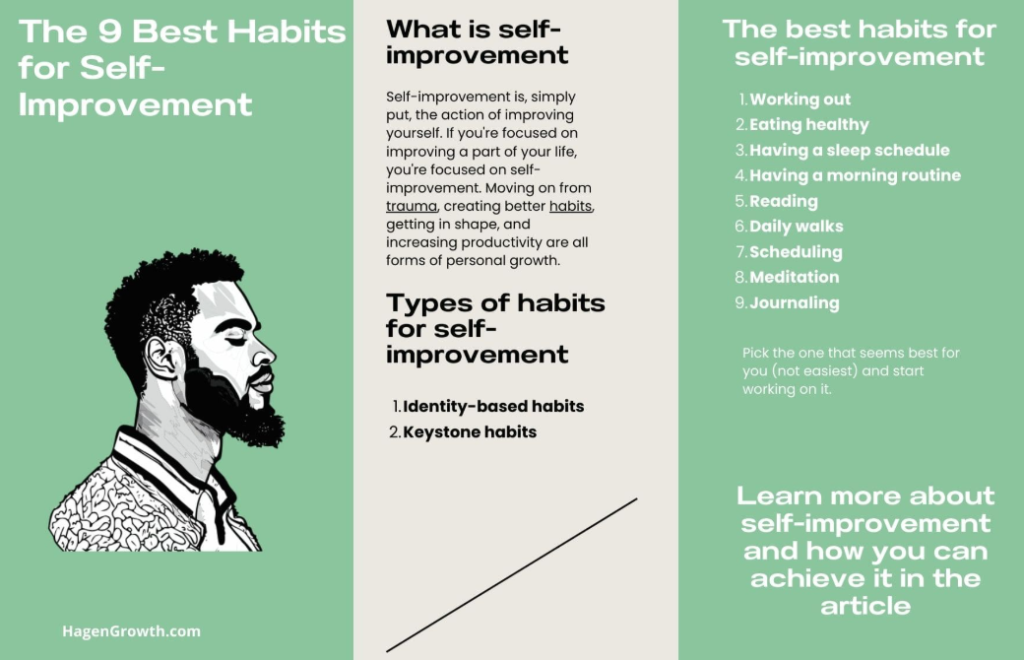1. Divergence in AI Related Stocks….Google Exposed vs. Open AI Exposed

Michael Batnick
2. Bitcoin Whales Back to Buying…Most Purchases in 13 Years
BTC whales. Over the last 30 days, Bitcoin whales have accumulated 269,822 BTC worth $23.3bn, the most in 13 years.
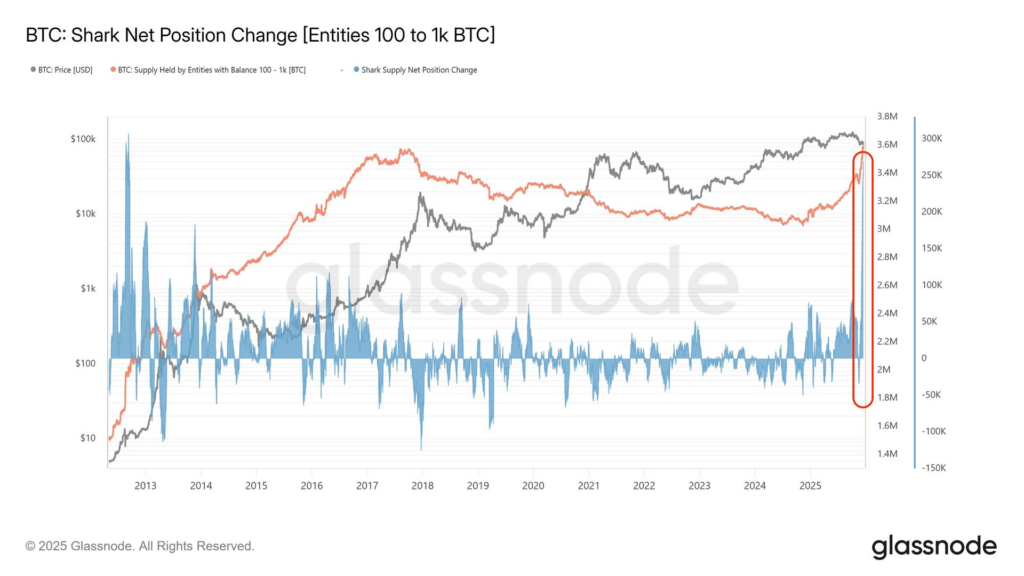
Daily Chartbook
3. LULU Stock 5-Year Negative Return Before Elliot Investment Today

Google Finance
4. MSOS Largest Weed ETF…+65% YTD….Still -80% Since Initial Legalization

Google Finance
5. MSOS Not Even Back to 2024 Highs Yet

StockCharts
6. Curaleaf is Largest Market Cap U.S. Weed Stock….Just Hitting 2024 Levels

StockCharts
7. States Are Raking In Billions From Slot Machines on Your Phone-NYT

NYtimes
8. Robinhood Rolls Out the Prop Bets

CNBC
9. Small Fraction Behind Most Online Hate
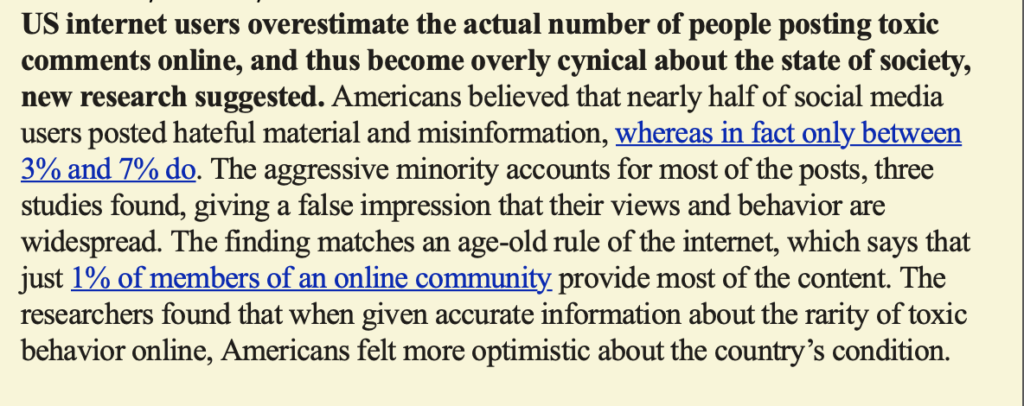
Semafor
10. Having more muscle and less hidden abdominal fat gives you a younger brain. Here’s how to get strong healthily
Story by Rachel Boswell
As if the benefits of strength training weren’t extensive enough, we have another perk to add to the pile: a younger brain.
That’s right – according to brand-new research that will be presented at the Radiological Society of North America’s annual meeting later this month, having more muscle mass can protect against brain ageing. Meanwhile, having more visceral fat – that is, the hidden fat that sits deeper within your body, which lines your abdominal walls and surrounds many of your vital organs – accelerates brain ageing.
Here’s what the study discovered and what you can do to strengthen your body and think sharp for the long haul.
Strong muscles, strong mind
Thanks to several studies, we already know the importance of building and maintaining muscle mass for the sake of better physical health. Strong, well-functioning muscles not only help you to run more powerfully, become less prone to injury, develop a nice aesthetic and reduce your risk of various diseases and chronic conditions, but also play a big role in combatting age-related problems like sarcopenia.
So carrying more muscle can help you to live in a more youthful body, for longer. But what does it do for the brain?
That’s what the latest science set out to determine. For the new study in question, researchers tested 1,164 healthy adults – 52% women, with an average age of 55 – by putting them each through a full-body MRI scan. MRI scans provide a distinct view of a person’s fat, muscle and brain tissue and can reveal the biological age of the brain based on its structure.
Following the participants’ full-body MRI scans, the researchers used an AI algorithm to precisely measure their total normalised muscle volume, their visceral fat and their subcutaneous fat, which is the fat that you can pinch just under the skin. They also used this AI algorithm to predict each participant’s brain age.
The results showed that subcutaneous fat had no significant impact on predicted brain age. However, the participants who demonstrated a higher visceral fat to muscle ratio had a higher predicted brain age, while those who carried more muscle had younger-looking brains.
‘Healthier bodies with more muscle mass and less hidden belly fat are more likely to have healthier, youthful brains,’ concludes Dr Cyrus Raji, the study’s senior author and associate professor of radiology and neurology at Washington University School of Medicine, who adds that better brain health lowers the risk of diseases like Alzheimer’s.
‘While it is commonly known that chronological aging translates to loss of muscle mass and increased hidden belly fat, this work shows that these health measures relate to brain ageing itself,’ he adds.
How to build muscle mass
You don’t have to be a fat-free, Arnold Schwarzenegger-esque bodybuilder to develop a more youthful brain. Instead, to maintain a healthy fat-muscle ratio, complete at least 150 minutes of moderate-intensity activity a week, like walking or cycling, or 75 minutes of vigorous intensity activity a week, like our favourite, running. It’s also important to do two or more weekly strength sessions, which target all the major muscles groups in the body.
While a recent study has found that doing just one strength workout a week is enough to generate improvements, two or more is optimal when it comes to enhancing your overall running performance, resilience and longevity – not to mention, as we now know, your brain function. If you’re unsure how or where to start with strength training, our expert-led guide for beginners will show you how to build a decent strength base in just four weeks.
To maintain a robust body, you should also remember to hydrate well, follow a regular sleep schedule – involving around seven to nine hours of shut-eye per night – and stick to a balanced, nutritious diet that contains a sufficient amount of protein. The recommended daily target for protein is 0.8g per kilogram of body weight, spread out evenly across mealtimes, although active people – especially runners – may need more than this to support muscle recovery and brain-friendly muscle growth.










